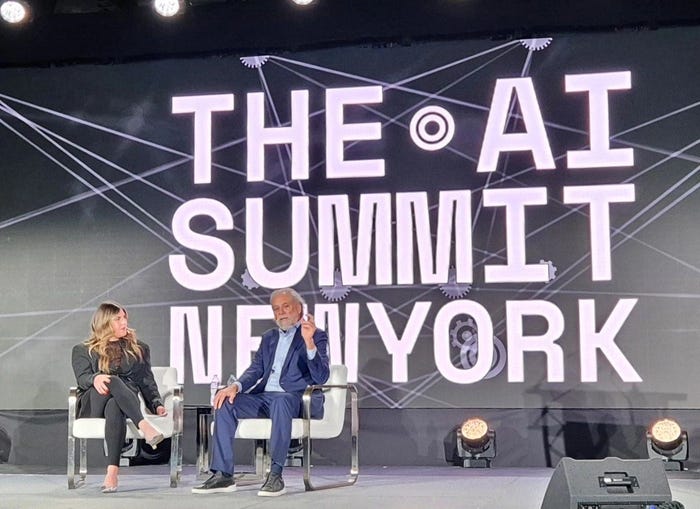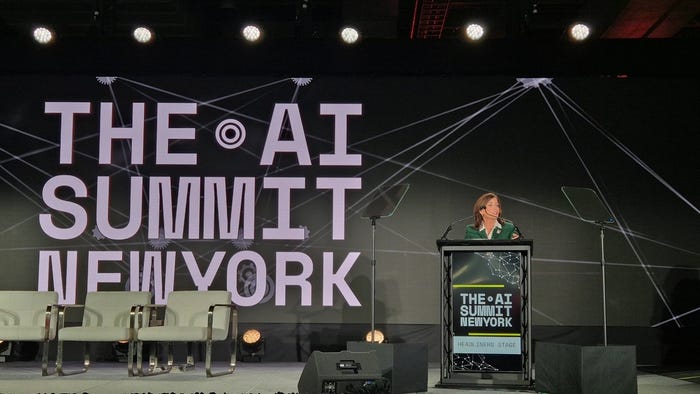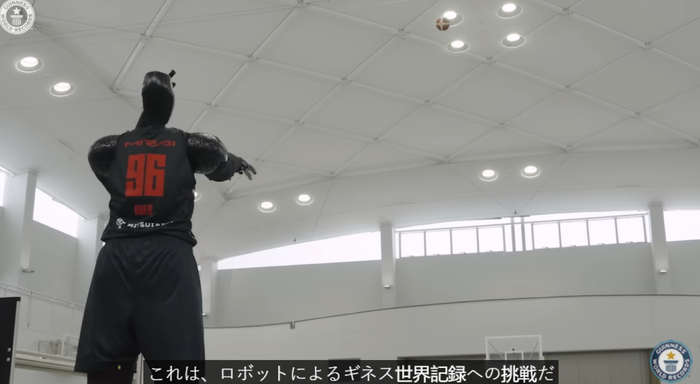Bad Driving Used to Test Driverless Cars
University of Michigan researchers are testing real AVs against AVs trained to only demonstrate dangerous driving
.png?width=1280&auto=webp&quality=95&format=jpg&disable=upscale)
Engineering researchers at the University of Michigan have come up with a unique way of testing autonomous vehicles that could reduce the time and cost involved by a factor of 1,000.
The method involves testing real autonomous vehicles alongside virtual vehicles on a test track. But the really clever element of the process is that the virtual ones have been trained by artificial intelligence to only demonstrate dangerously bad driving.
Real-world test vehicles would need to drive for hundreds of billions of miles to repeatedly encounter the kind of unusual, perilous scenarios that are being simulated.
University Professor Henry Liu, an expert in automated transport, explained: “The safety critical events – the accidents, or the near misses – are very rare in the real world, and oftentimes AVs have difficulty handling them. But we’ve created a mixed reality testing environment. The background vehicles are virtual, which allows us to train them.”
This involved stripping away “non-safety critical information” from the driving data in the simulation – essentially the maneuvers where the vehicle behaves in a predictable, responsible way. All that was retained were moments that could cause danger, such as running a red light, cutting in or failing to yield at a roundabout.
By taking this approach and using only safety-critical data to train the neural networks on the real AVs, the vehicles are exposed to dangerous situations much more frequently, expediting the testing process. Indeed, the Michigan University team estimates they can reduce safety testing mileage by 99.9%.
Shuo Feng, an assistant professor in the Department of Automation at Beijing’s Tsinghua University and formerly of the University of Michigan, believes the techniques can be applied to more than just AVs.
“Dense reinforcement learning will unlock the potential of AI for validating the intelligence of safety-critical autonomous systems such as AVs, medical robotics and aerospace systems,” he said. “It also opens the door for accelerated training of safety-critical autonomous systems by leveraging AI-based testing agents, which may create a symbiotic relationship between testing and training, accelerating both fields.”
Ultimately the hope is that if testing of AVs can become more affordable and less time consuming their commercial rollout will be accelerated.
The testing was carried out at the university’s Mcity facility at Ann Arbor, as well as at the highway test track at the American Center for Mobility in Ypsilanti.
Mcity was launched in 2015 as the world’s first purpose-built test environment for connected and autonomous vehicles. It will soon be able to offer the type of mixed reality tests used in this study to researchers from outside Michigan University, thanks to support from the National Science Foundation.
About the Author
You May Also Like








